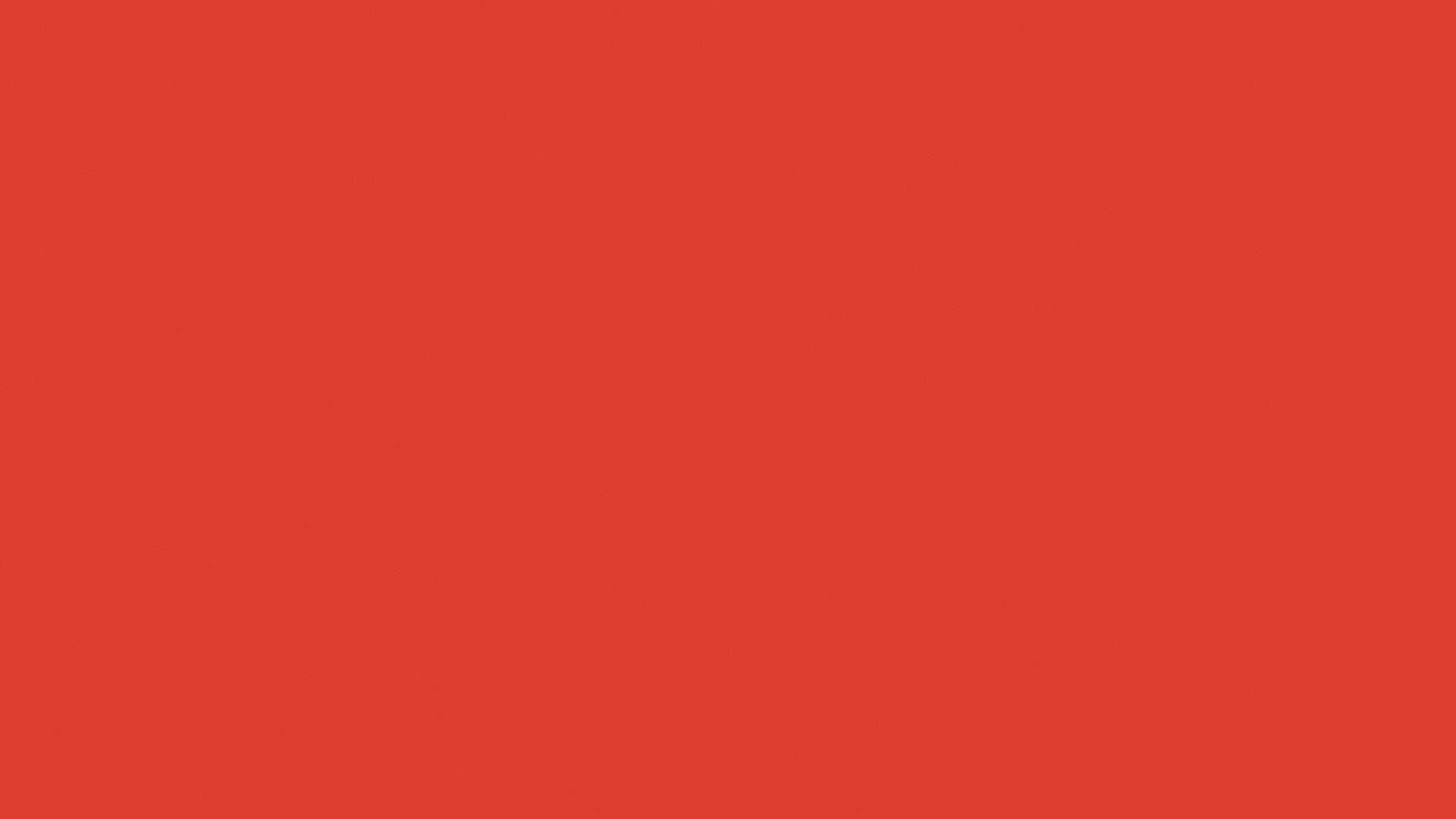Vermilion is a captivating and vibrant shade of red that exudes a sense of energy and intensity. It is often described as a deep, brilliant red with a distinct orange undertone. This unique color is reminiscent of blood red and bright red, combining the richness of red with a vivid orange tinge.
Historically, vermilion was created from a pigment called mercury sulfide, which is a chemical compound that produces a deep red color. However, due to the toxicity of mercury, modern vermilion pigments are now typically made from safer alternatives.
One interesting aspect about vermilion is that it is not a singular hue, but rather a range of warm hues. Depending on the size of the ground particles of pigment, vermilion can vary from a bright orange-red to a slightly duller reddish-purple shade that resembles fresh duck liver. Larger crystals tend to produce a less vibrant and more subdued hue.
In terms of its composition, vermilion is an opaque color, meaning it does not allow light to pass through it. This characteristic gives it a solid and bold appearance, making it a popular choice for various artistic expressions. Its opaqueness also allows for easy coverage and application on different surfaces, making it a versatile color for artists.
When it comes to mixing colors to achieve a similar shade to vermilion, cadmium red is often the closest match. By adding small amounts of cadmium red deep and even smaller amounts of titanium white, one can create a color that closely resembles vermilion. However, it’s important to note that color mixing is subjective and can vary depending on personal preference and the desired outcome.
Vermilion is a remarkable and attention-grabbing color that beautifully combines the richness of red with a vibrant orange undertone. Its bold and intense nature makes it an excellent choice for adding a touch of energy and warmth to any artistic or design project.
What Color Is Vermilion Close To?
Vermilion is a vibrant and intense color that is often described as a deep red or scarlet hue. When it comes to finding a color that is close to vermilion, the nearest match is Cadmium Red. However, it’s important to note that Cadmium Red is not an exact match but rather the closest option available.
To achieve a color similar to vermilion using Cadmium Red, you may need to make some adjustments. Start by adding very small amounts of Cadmium Red Deep, which is a darker shade of red. This will help deepen the color and bring it closer to vermilion. Additionally, you can add even smaller amounts of Titanium White to lighten the mixture and create an orange undertone.
Remember that color mixing is subjective, and the exact proportions may vary depending on personal preferences. It’s always a good idea to experiment and adjust the mix until you achieve the desired result. To summarize, vermilion is a vibrant and opaque color with an orange undertone, and the closest match is Cadmium Red, with small additions of Cadmium Red Deep and Titanium White to fine-tune the mixture.

Is Vermillion Orange Or Red?
Vermilion is primarily considered a shade of red rather than orange. It is a deep, vibrant hue that falls on the red end of the color spectrum. While there might be slight variations in the specific shade of vermilion, it is generally recognized as a rich, intense red color.
Vermilion is derived from mercury sulfide, a chemical compound that produces a deep red pigment. This pigment has been used historically in various applications, including art, textiles, and even cosmetics. Due to its vivid and striking appearance, vermilion has often been associated with passion, power, and energy.
To provide a more comprehensive understanding, here are some key characteristics of vermilion:
1. Color: Vermilion is a vivid, bright red color with a tinge of orange. It possesses a high level of intensity and saturation, making it stand out.
2. Hue: The hue of vermilion leans more towards red than orange. While there might be some variation in shade, it is generally considered a red hue.
3. Pigment: As mentioned earlier, vermilion pigment is derived from mercury sulfide. This compound produces a distinct red color when used in various applications.
4. Cultural Significance: Vermilion has been used in various cultures throughout history. For example, it was commonly employed in traditional Chinese art and was revered as a symbol of luck and prosperity.
5. Versatility: Vermilion can be used in a variety of contexts, including painting, dyeing textiles, and creating vibrant accents in design and decor.
Vermilion is primarily categorized as a shade of red rather than orange. Its deep, vibrant hue and historical significance make it a captivating and sought-after color.
What Does The Color Vermilion Look Like?
Vermilion is a color that can vary in hue, ranging from a bright orange-red to a dull reddish-purple shade that is reminiscent of fresh duck liver. The differences in hue are primarily influenced by the size of the ground particles of the pigment. When the crystals are larger, the resulting vermilion pigment appears duller and less orange in color.
What Color Family Is Vermilion?
Vermilion belongs to the red color family. It is a vibrant and intense shade of red that incorporates elements of both blood red and bright red. This primary color is characterized by its rich saturation and vivid orange undertones. It can be described as a hot red hue that commands attention and exudes a bold and energetic vibe.
Vermilion is a brilliant red pigment color that falls within the red color family. Its saturated nature and vibrant orange tinge make it a standout hue.

Conclusion
Vermilion can be described as a deep, brilliant shade of red with an orange undertone. It is a vibrant and bold primary color that takes cues from blood red and bright red. Vermilion is not just one specific hue; it encompasses a range of warm hues, from a bright orange-red to a duller reddish-purple. This variation in hue is influenced by the size of the ground particles of pigment, with larger crystals producing a duller and less orange hue. Historically, vermilion was made from mercury sulfide, a chemical compound that produces the distinctive deep red color. However, modern versions of vermilion are typically created using synthetic pigments. vermilion is a striking and intense color that adds a powerful and eye-catching element to any artistic or design work.
